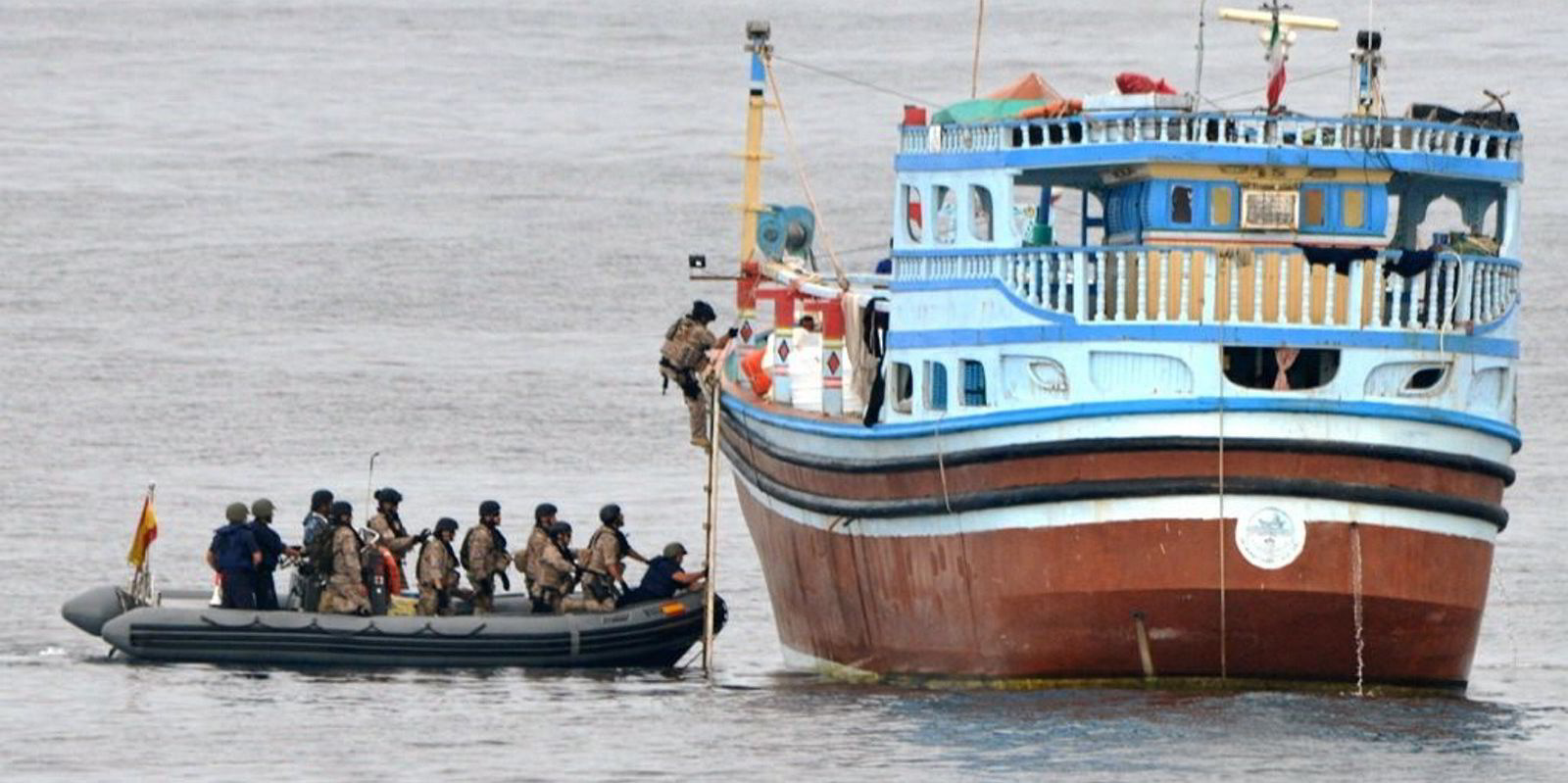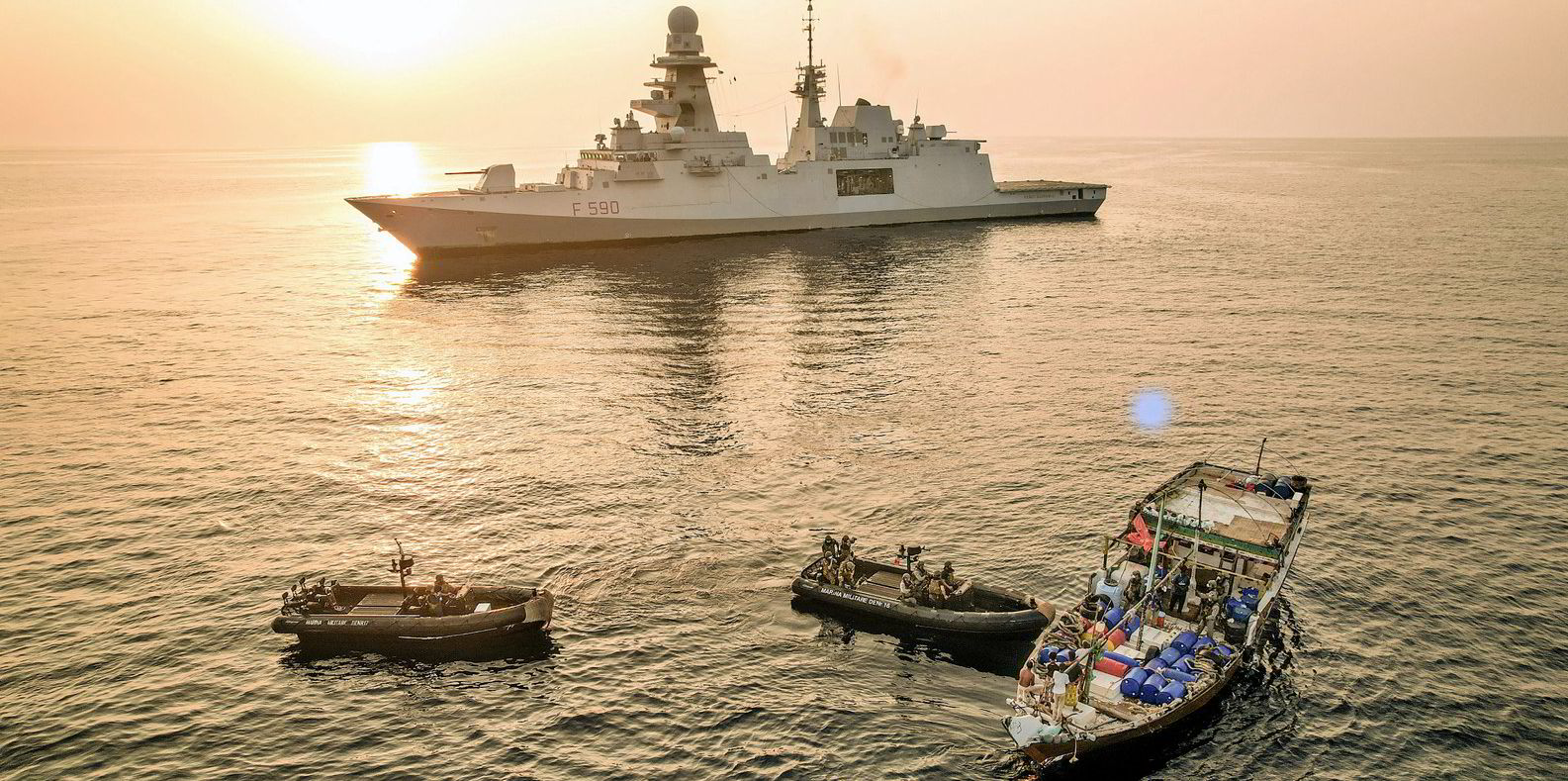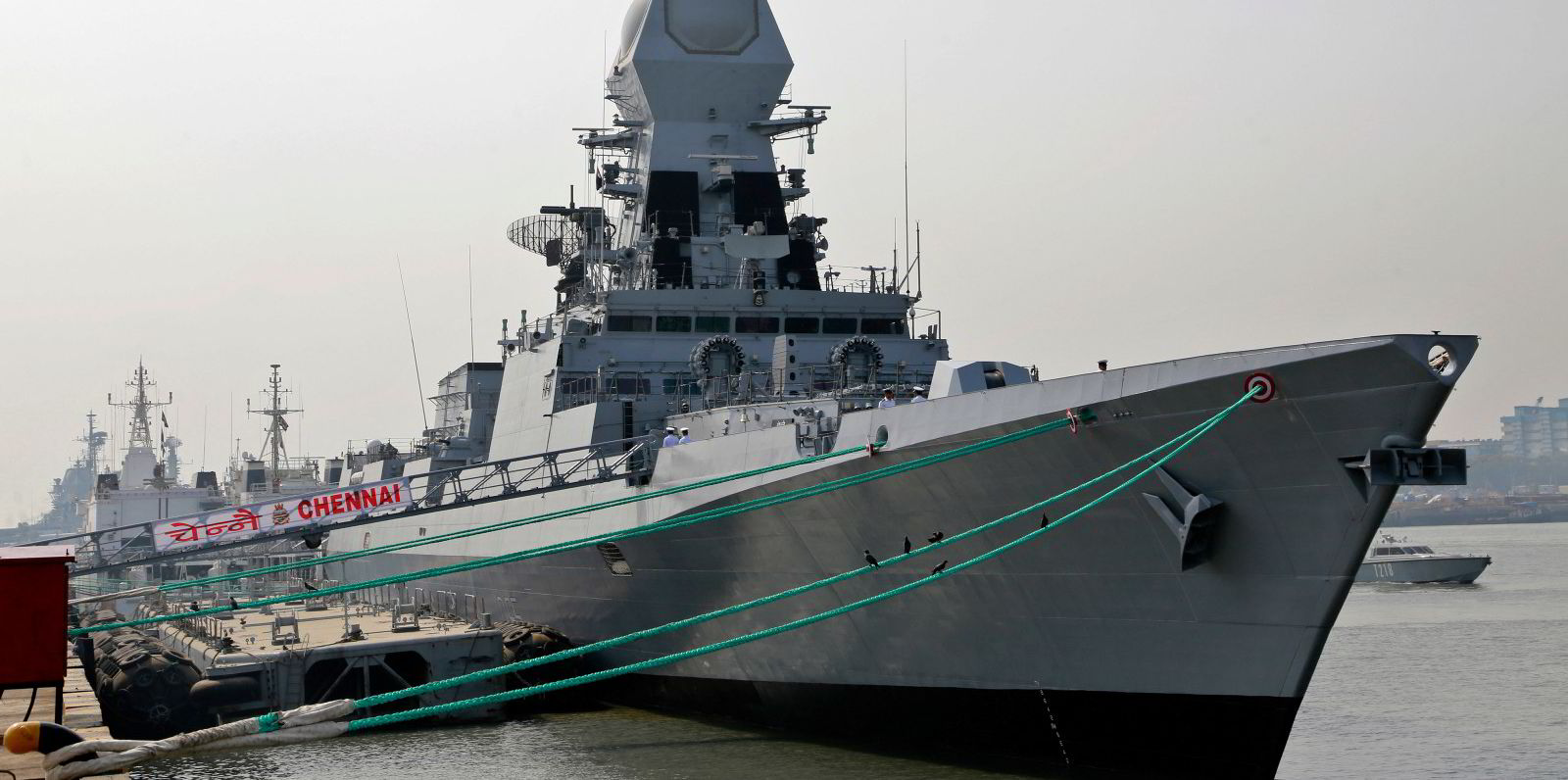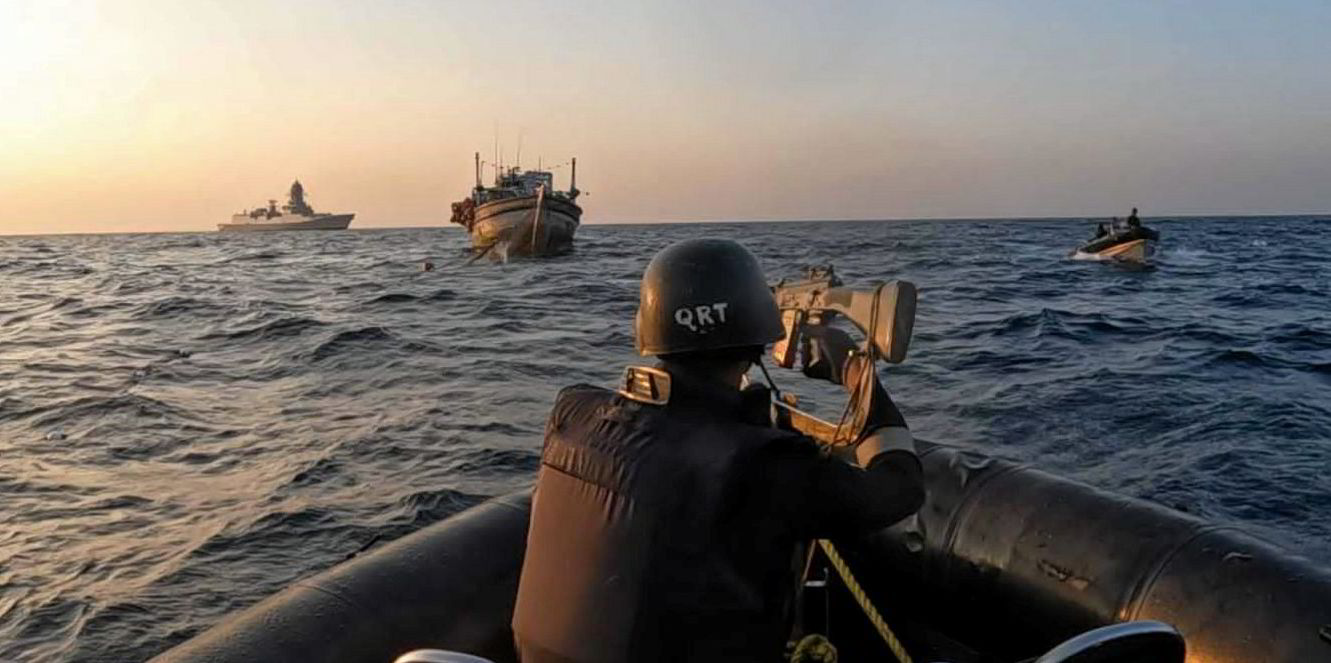No sooner had shipowners downgraded the Somalia piracy threat than it appears to have made an unwelcome return. A year has passed since leading shipowner associations declared that they were ending the Indian Ocean High Risk Area.
With only a handful of incidents in more than a decade, they concluded, not unreasonably, that the threat had subsided.
But in the past couple of months, there have been four boardings or attempted boardings in the region linked to Somali pirates.
Thankfully, the latest hijacking of the 170,100-dwt bulk carrier Lila Norfolk (built 2006) off the coast of Somalia was foiled by the Indian Navy.
The picture of what is behind these incidents is confusing.
The timing suggests they are coordinated with the Houthi targeting of Israeli-related shipping in the Bab el-Mandeb Strait and southern Red Sea.
Evidence of Iranian links to the Somali hijackings lends support to the theory that the boardings may somehow be connected to the Houthis’ Red Sea campaign against merchant ships — which also has the backing of Tehran.
Opportunistic or organised crime?
However, another theory suggests that the latest round of Somali piracy could be more opportunistic.

Some observers feel that Somali piracy has been threatening to re-emerge for some time.
When Somali piracy first erupted between 2008 and 2012, it began with the local fishing industry before developing into organised crime.
Similarly, late last year, Somali fishermen held the Iranian fishing vessel Al Miraj for ransom.
And that incident seems to have escalated into the latest round of attacks.
The Somali pirates — spurred on by the successful Houthi hijacking of the 5,100-ceu car carrier Galaxy Leader (built 2002) last November — seem to be taking advantage of the distraction caused by the disruption in and around the southern Red Sea.
They clearly believe the presence of anti-piracy navy patrol vessels has been reduced.
Whether or not there is a pure return of Somali piracy in its former guise, it seems unlikely to reach anything like the levels that terrorised shipping and seafarers for years.
All the ingredients that successfully suppressed piracy in 2011 are still there.
The pirates have had limited success: only one of the ships — the 41,600-dwt Ruen (built 2016) — is still being held, but is being closely shadowed by the Indian Navy.
Although shipowners declared an end to the high-risk area, the London insurance market’s Joint War Committee has maintained the Indian Ocean as a listed area to alert shipping to the dangers.
Shipowner associations, including the International Chamber of Shipping and Bimco, have encouraged crews to be vigilant in the region and carry out proper risk assessments.
Ships have become hardened against attack. The first line of defence is the industry guidance Best Management Practice 5, which provides the basics for guarding against piracy in the region.
Many ships are fitted with citadels to protect crew, while private security firms are an option for vulnerable ships.
There is also an established network of intelligence gathering to monitor the threat. The main source of information gathering is the United Nations’ Contact Group on Piracy off the Coast of Somalia.
Despite the distractions of the Middle East conflict, coordinated international navy protection remains through Operation Atalanta and Combined Task Force 151, which have been inspecting suspicious ships in the area to prevent further attacks.
The Somalia government has also been cooperating and is allowing the international counter-piracy force to track the Ruen within its territorial waters.
If Somali piracy is back amid the disruption in the Red Sea, the likelihood is that these measures that remain in place will again keep it in check.






